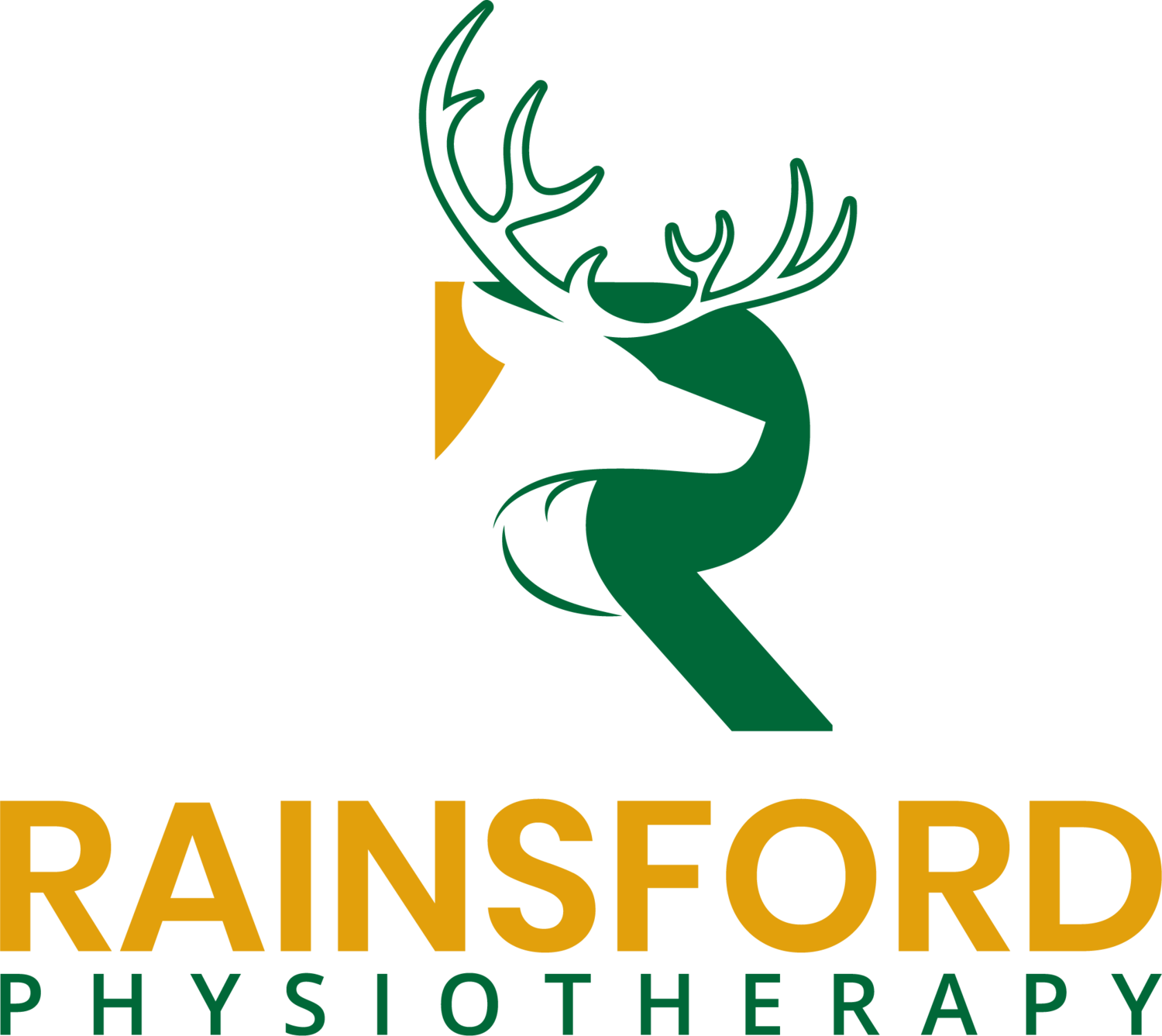Understanding Osteoporosis: Causes, Progression, and Management
Osteoporosis is a progressive condition where one or multiple bones become more porous and fragile. The primary concern with this condition is that it could lead to an increased risk of bone fracture, particularly in older adults, from a minor fall. Here’s an expanded look at osteoporosis, including its causes, progression, and the best ways to manage it through exercise, nutrition, and consistency.
Risk Factors for Osteoporosis
Various risk factors contribute to osteoporosis. Age is a major one, as bone mineral density naturally decreases over time. Gender appears to play a role as well with women, particularly postmenopausal, more prone to this change in bone density due to hormonal changes, such as reduced estrogen. Lifestyle factors, like smoking, excessive alcohol consumption, and a sedentary lifestyle, also elevate risk. Certain medications, such as corticosteroids, can weaken bones over time, and family history can increase one’s susceptibility.
From Normal Bone Density to Osteopenia and Osteoporosis
Bone density is at its peak during early adulthood, but as we age, bones lose density gradually.
Osteopenia, a precursor to osteoporosis, occurs when bones are slightly less dense than normal but not weak enough to classify as osteoporosis. This is often a silent phase, where no symptoms are present, but it signals that the bones are beginning to lose density.
Without intervention, the body’s bone regeneration process cannot keep up with natural bone loss, leading to further decreased bone strength and increased fragility, termed osteoporosis. At this stage, bones become so porous that even minor falls or movements can lead to fractures, and subsequently medical attention, including hospitalization. In osteoporosis,
How Bone Loss Occurs
Bone tissue constantly undergoes a process of breakdown and renewal, with osteoblasts (ie. specialized cells) building new bone and osteoclasts (different but related cells) breaking down old tissue. As we age, the balance between these two processes shifts, with breakdown outpacing formation. Insufficient calcium, vitamin D, and physical activity also accelerate bone loss, as bones lack the resources to maintain density and resilience.
Managing Osteoporosis with Exercise, Nutrition, and Consistency
Exercise: Weight-bearing and resistance exercises, such as squats, lunges, and light jumps, help stimulate bone growth by creating controlled stress on the bones. Balance and strength exercises are equally important, reducing the risk of falls and fractures.
Nutrition: Nutrition plays a central role in osteoporosis prevention. Calcium and vitamin D are essential for bone density, with calcium directly supporting bone structure and vitamin D aiding calcium absorption. Protein intake is also crucial, as it supports both muscle and bone repair. Including nutrient-dense foods like dairy, leafy greens, and fortified products helps meet these needs.
Consistency: Bone-building practices must be maintained over time to be effective. Consistent exercise and nutrition habits promote gradual improvements in bone density and help prevent further loss. Regular bone density tests, like DEXA scans, are recommended to track progress and adjust lifestyle or treatment strategies accordingly.
TLDR (too long, didn’t read)
Osteoporosis management hinges on understanding risk factors, recognizing the early stages, and committing to long-term health strategies. By focusing on these three pillars—exercise, nutrition, and consistency—individuals can significantly reduce the risk of osteoporosis-related fractures and improve overall bone health.
Check out some great graphics and relevant research articles from this resource: link
- Thanks for reading and keep looking for more posts in the future on other ‘hot topics’ in the world of Physiotherapy and Physical Rehabilitation!

